The
word "influencer” for online marketing campaigns is no longer a buzzword. With
the rise of social media relevancy for online marketing, there is a growing
need for companies, brands, and retailers to harness the power of social media to
impact consumers’ buying decisions. Whether you have a large or small number of
followings on Instagram or Pinterest and whether you do or don’t have a blog,
you still have influence. Brands and affiliate networks understand that and recognize
the importance of working with influencers with a wide range of audience sizes.
Who is a micro-influencer?
A
micro-influencer can be a lifestyle blogger who just got started and has
between 1,000 and 10,000 followers on her blog and social media or the same
size following on only one of the social networks.
A mega-influencer, for marketers working with small- to
medium-size companies, can be someone with over 100,000 followers, while
marketers working with big companies may target a much higher volume of over half
a million followers and a celebrity as many as two or three million.
What is the value of influencers to
brands?
The
real question when working with influencers is which level of influencer
provides the greatest value to a brand?
While
mega-influencers do have a larger following and thus a larger exposure which
helps to build a brand or product awareness, marketers are actually looking for
more proven results such as engagement and conversion, in other words, actual
sales!
Based
on some of the statistics we share here, you will see that working with
micro-influencers has great benefits for marketers.
Why is it relevant for you as a
publisher to understand the value of micro-influencers?
- Because these numbers can encourage you not to be drained before you even get started. Comparing yourself to other influencers with a large following can be daunting. You might think there is no point trying to monetize your content until you have similar results, but the numbers we share explain why this is not necessarily the case.
- Because these numbers will encourage you to start Treating Your Blog Like a Business from the very beginning, being focused on which products to promote, to whom, and how.
- Because these numbers explain why some brands prefer working with smaller influencers for several reasons:
- Their engagement is usually higher since they can easily manage the number of comments they receive, respond to each individually, and build up a meaningful relationship with their followers.
- Stronger trust is built between micro-influencers and their followers because their message seems more real and followers don't expect as much sponsored content as on larger accounts. The sense of familiarity helps followers to better relate to the experiences shared by micro-influencers compared to mega-influencers or celebs.
- Followers are more likely to be influenced by someone who is more like them and doesn't have celebrity status. Who will better convince you to buy a dress? A model wearing it in an ad campaign or someone who looks like you wearing it well?
- Because these numbers explain mathematically why it is more worthwhile for marketers to break down their marketing budget, for example, into 50 micro-influencers with 2,000 followers each than to pay the same amount to one influencer with 100,000 followers. While we respect the fact that a mega-influencer charges higher fees, not all marketers can afford this budget, and those who can may end up with better sales results by dividing their budget, as in our example, between 50 smaller influencers.
Why working with micro-influencers is great?
You
don’t necessarily need thousands of followers to make an impact. Studies have shown
that engagement peaks at just 1,000 followers.
In this article based on case studies of more than 800,000 Instagram users, most of whom have
at least 1,000 followers, the key finding is that: "as an influencer’s
follower total rises, the rate of engagement (likes and comments) with
followers decreases.”
The
important findings here are:
1. Those with less than 1,000 followers generally received likes on their posts 8% of the time. Users with 10 million+ followers only received likes 1.6% of the time. There is a clear downward correlation between follower size and post likes.
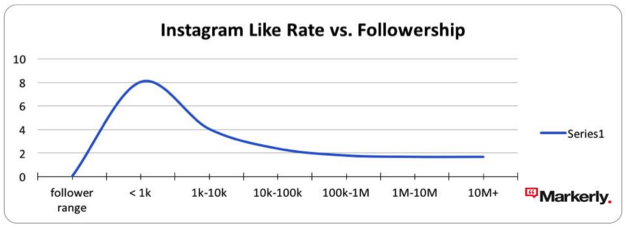
2. The same curve has been found true for comments too: users with fewer than 1,000 followers generate comments about 0.5% of the time, compared to 0.04% for those with 10M+ followers – a difference of nearly 13 times less.
In this article you can find more stats comparing the impact of micro- and mega-influencers. We highlight just one which relates to our niche of affiliate marketing campaigns and social reach:
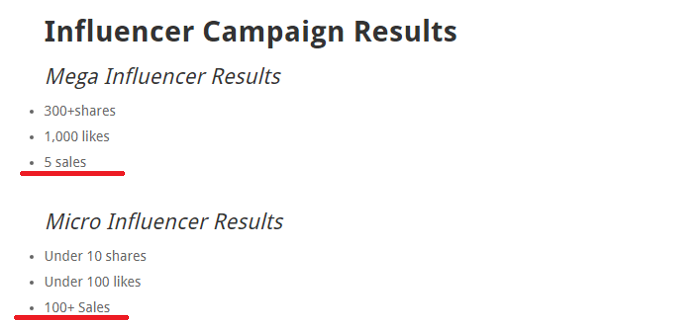
In
this particular case the mega-influencer had about 600,000 followers on
Instagram and the micro-influencer only about 10,000 followers. As you can see in
both articles, while the number of likes for micro-influencers may be lower in
absolute numbers, it is significantly higher percentage wise. In terms of
sales, micro-influencers perform way higher even in absolute numbers, which may
come as a big surprise.
If you read this second article, you’ll see that as much as mega-influencers can be those who impact awareness, it is the micro-influencers who drive sales. And that could be you!
"People buy from friends. As a smaller influencer, the
micro influencer can engage more closely with followers. As such followers not
only feel closer to the influencer but are invested in his/her success. The
influencer is like a close friend whose advice or recommendation is more
actionable than an inspirational celebrity.”
So
why should brands work with mega-influencers? Because they bring awareness
beyond the reach of the micro-influencer; you can even treat this as "help”
given by mega- influencers to drive sales to micro-influencers. Source.
This explains why campaign managers and marketers may consider working with
both mega- and micro-influencers, especially when considering sponsored posts.
However,
the important things to take away from this discussion is that as far as performance-based
campaigns go, i.e., affiliate marketing, you shouldn’t be held back by a smaller
number of followings. That is not to say that you shouldn’t grow your following
but rather that as you get set your mind on your niche and goals, you should
also start thinking about monetization, and performance-based monetization
might be one of the best options to help you grow your business.
We
hope that VENNDY’s tools will encourage you to start from the very
beginning and as you grow to:
- Create great content
- Focus on the value you give to your followers
- Choose products to recommend that best fit your content and audience
- Use tools that will present your promoted products in an appealing and easy-to- follow way, helping your followers to love and save for later purchasing.
Conclusion
As
a micro-influencer you are better off not waiting to be approved by networks
that only accept influencers within a certain niche or of a certain size. Start
using shop-the-post widgets, Instagram shop tabs (shoppable galleries), and
Pinterest collections of items from the very beginning, no matter what your
niche or size. To read more about the
advantages of linking your Instagram bio to a shoppable gallery either on
your website or on a different designated platforms, you may want to check out this blog post.
If
you are new to performance-based monetization and affiliate marketing, don’t
miss our other Affiliate
Marketing Guides as well as How to
Monetize Your Instagram Feed and How to Monetize on
Pinterest and Become a Trusted Influencer. You may also want to
have a look at our other blog posts on the subject:
- When is the Right Time to Start Using Affiliate
Marketing to Monetize your Content
- Affiliate Marketing – Best Practices: Are You Ready To
Join?
- How
To Choose Which Affiliate Product To Promote as Part of Your Affiliate
Marketing Strategy
- How To Choose Which Affiliate Programs To Join as Part of Your Affiliate Marketing Strategy
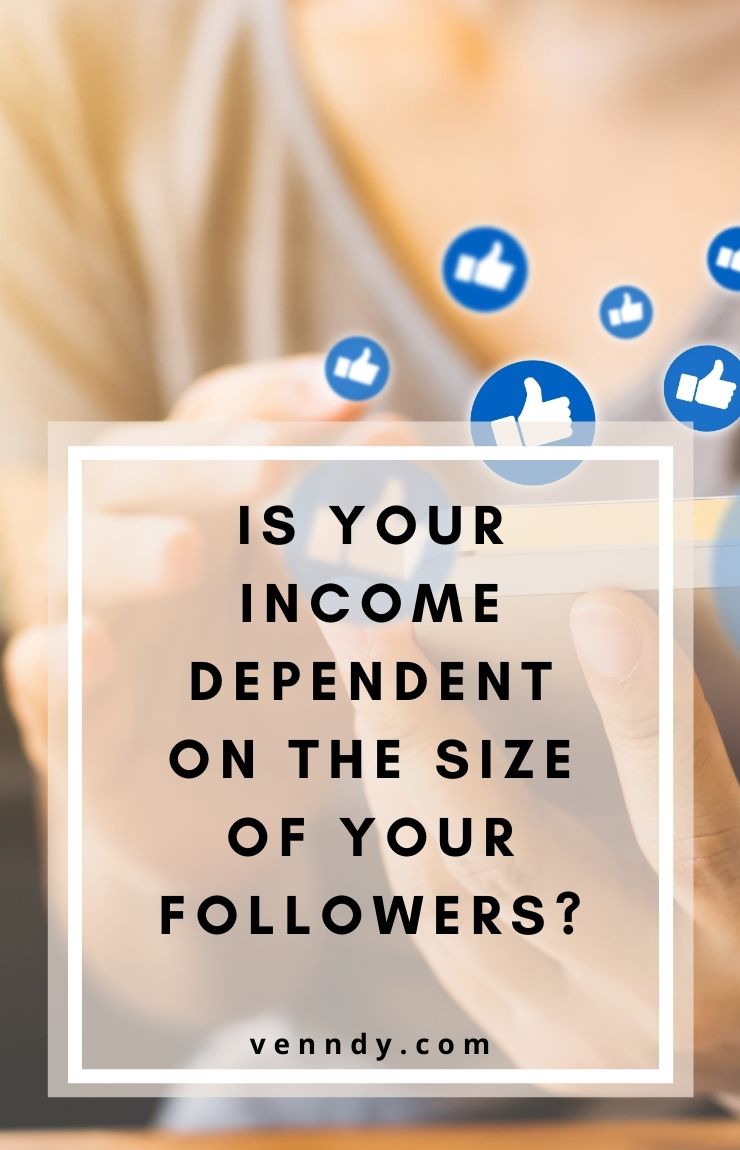
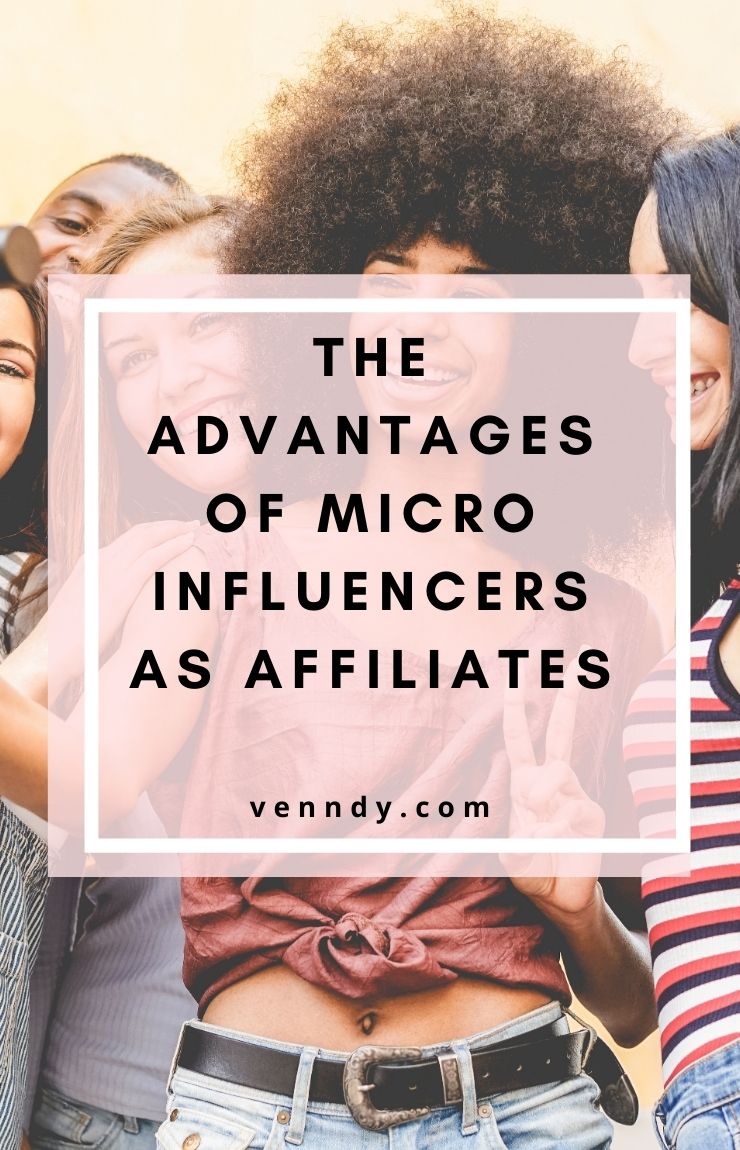
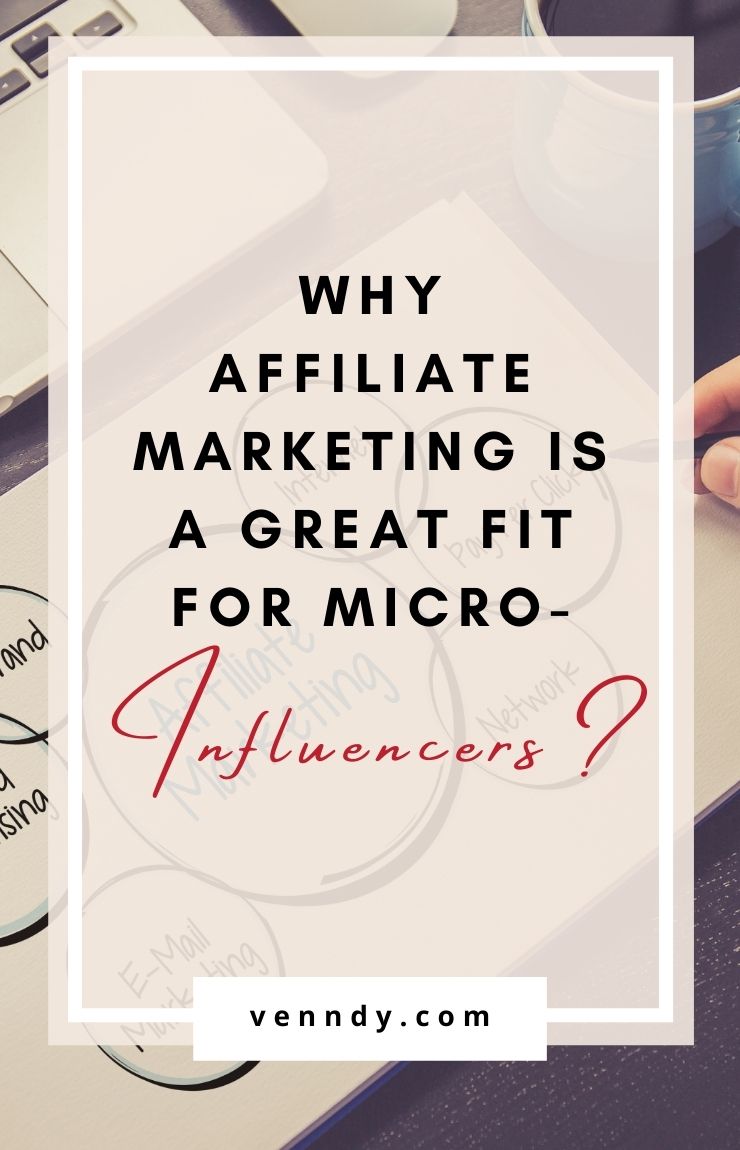


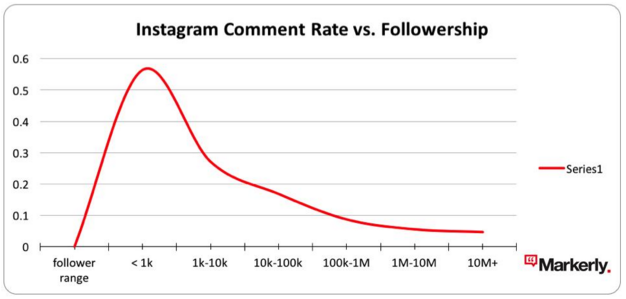
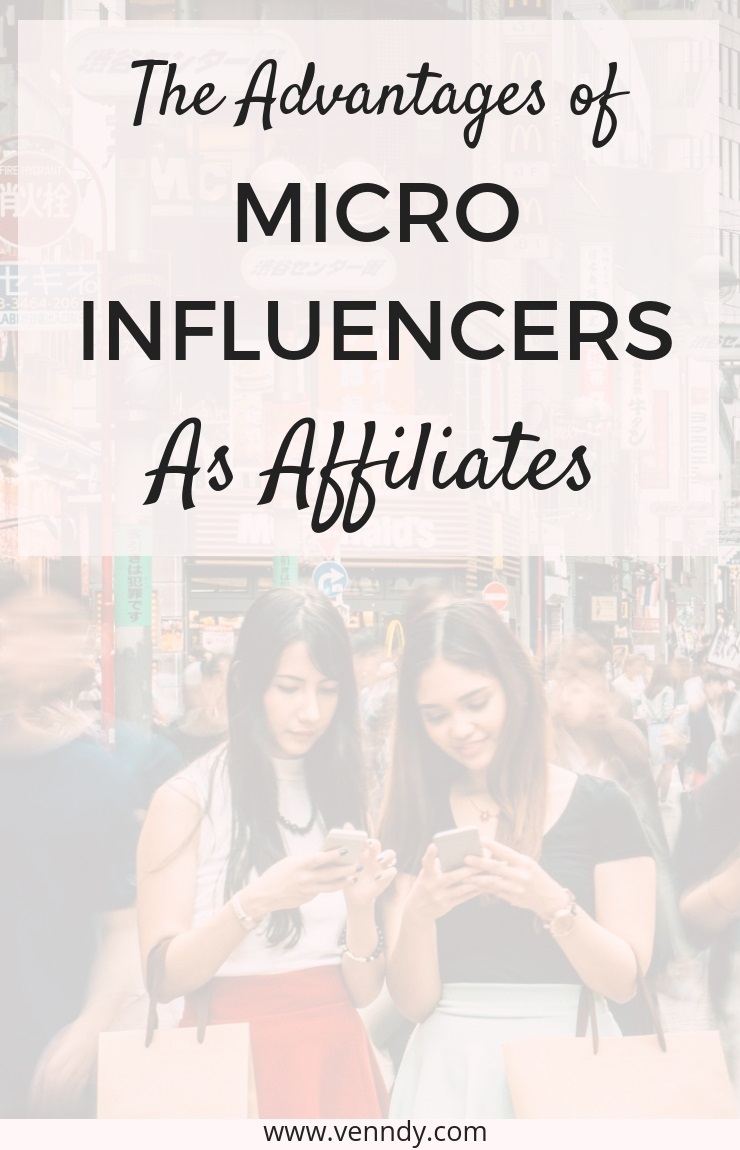
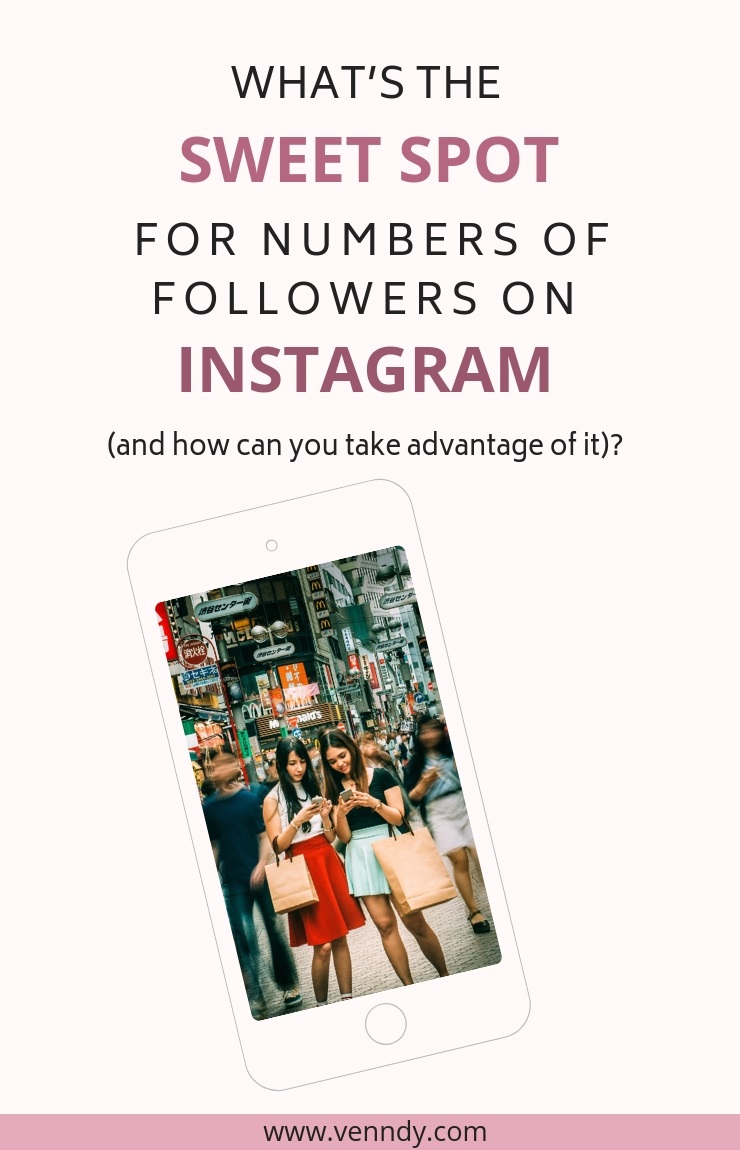

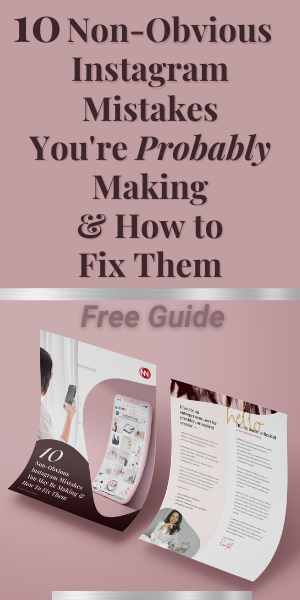


You can choose to comment as a guest.